Brand marketing and performance marketing are two powerful strategies that businesses use to grow.
Brand marketing focuses on creating a strong and lasting identity, building trust, and forming emotional connections with customers. On the other hand, performance marketing aims for quick and measurable results, like clicks, sign-ups, and sales.
Both strategies have their strengths, and choosing the right one depends on your business goals.
This guide shares the difference between brand marketing and performance marketing.
👉 Check out our cohort-based performance marketing online course that makes you a high-paying job ready.
WHAT’S COVERED IN THIS GUIDE:
DEFINITION
What is Brand Marketing?
Brand marketing is a strategic process of developing and nurturing relationships between a brand and its consumers. You don’t highlight individual products or services but use your entire range of offerings as proof to support your brand’s promise.
The primary focus of brand marketing is building your brand value and the company’s value.
Let us see some examples to understand this better
Coca-Cola’s “Share a Coke” campaign
Here’s a post I saw on Instagram. A happy customer of Coca-Cola posted this on Instagram.
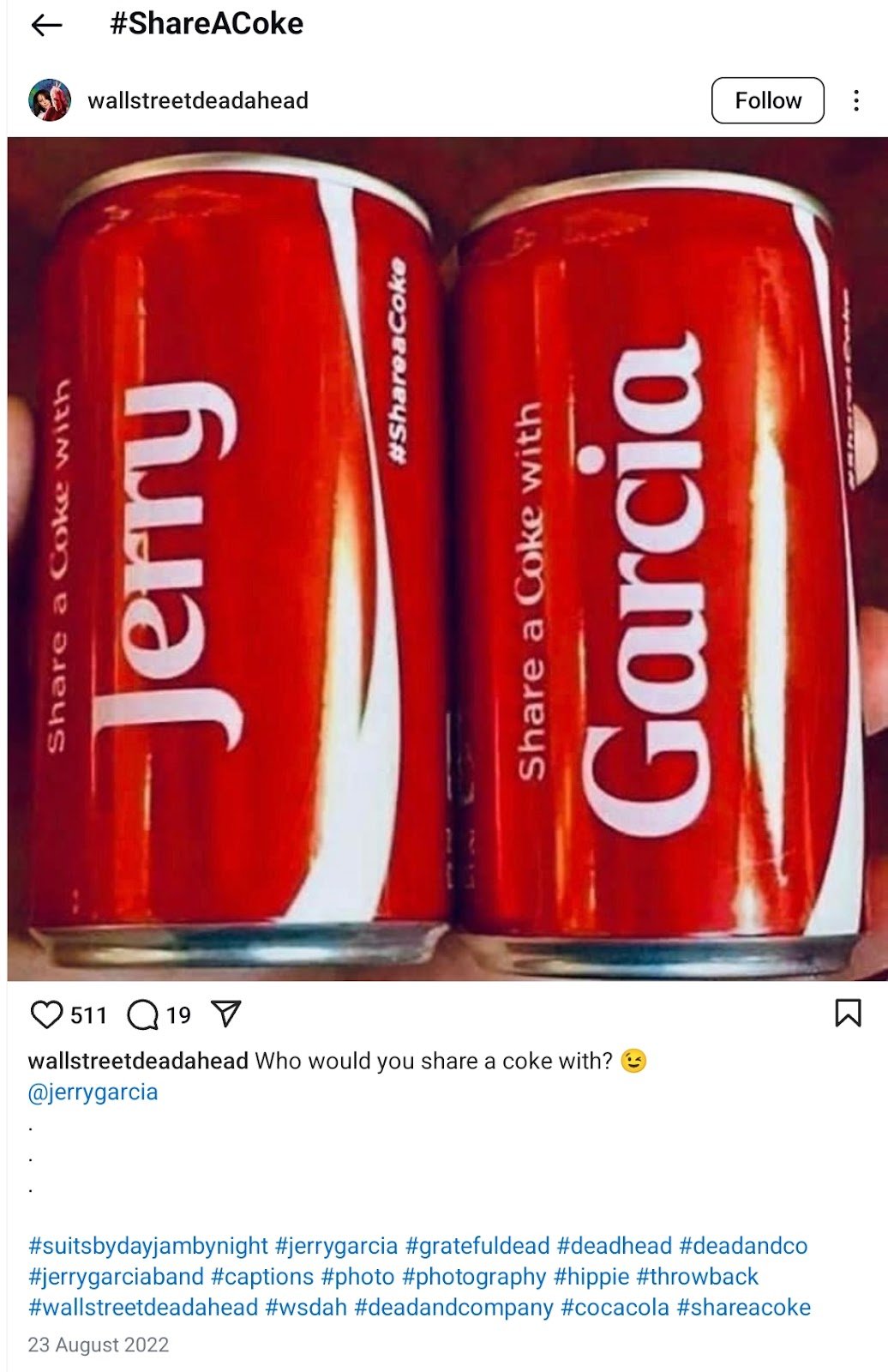
This campaign from Coca-Cola didn’t just personalize products but personalized the whole customer experience.
For example, here’s a post from Coca-Cola, where the brand prepares a personalized logo for a consumer on their bottles and encourages them to share with friends.
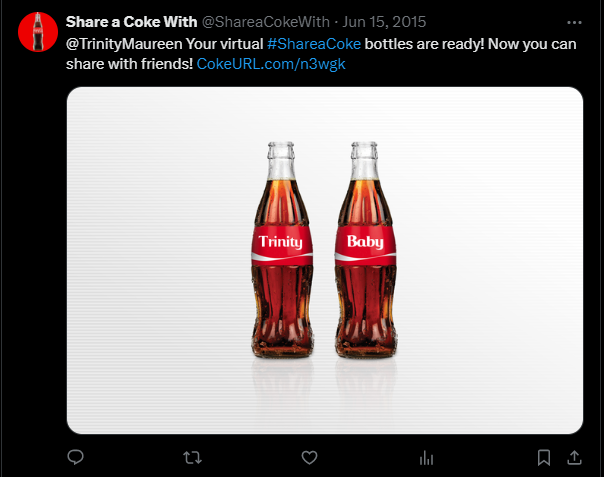
With this strategy, Coca-Cola not only increased sales but created a social buzz around its name. This improved the brand awareness of “Coca-Cola”, resulting in people knowing more about The Coca-Cola Company.
Apple’s “Think Different” campaign
Apple made its first-ever fiscal year losses in its history in 1997, with a 59% decline in its stock price. It was when the brand introduced its “Think Different” campaign.
We found a video of how the “Think Different” campaign looked like

The aim of this campaign was to introduce consumers to Apple’s core values and mission. It consisted of a series of black-and-white print ads of famous personalities or thinkers like Albert Einstein, John Lennon, Thomas Edison, Pablo Picasso, and more. This campaign appealed to consumer’s aspirations and values and built connections at an emotional level.
What is Performance Marketing?
Performance marketing is one step ahead of digital marketing where the marketer is paid for getting desired actions from consumers.
While brand marketing focuses on emotionally connecting with target consumers, performance marketing measures the final result. It focuses on driving immediate actions like generating more clicks, converting quality leads, and improving sales within months.
Here’s an Instagram promotional post where the brand promises to provide a free item when you purchase one. When this post appears multiple times on your newsfeed, I am sure you will think of giving it a try. This is a performance marketing strategy where consumers are encouraged to purchase from a brand.
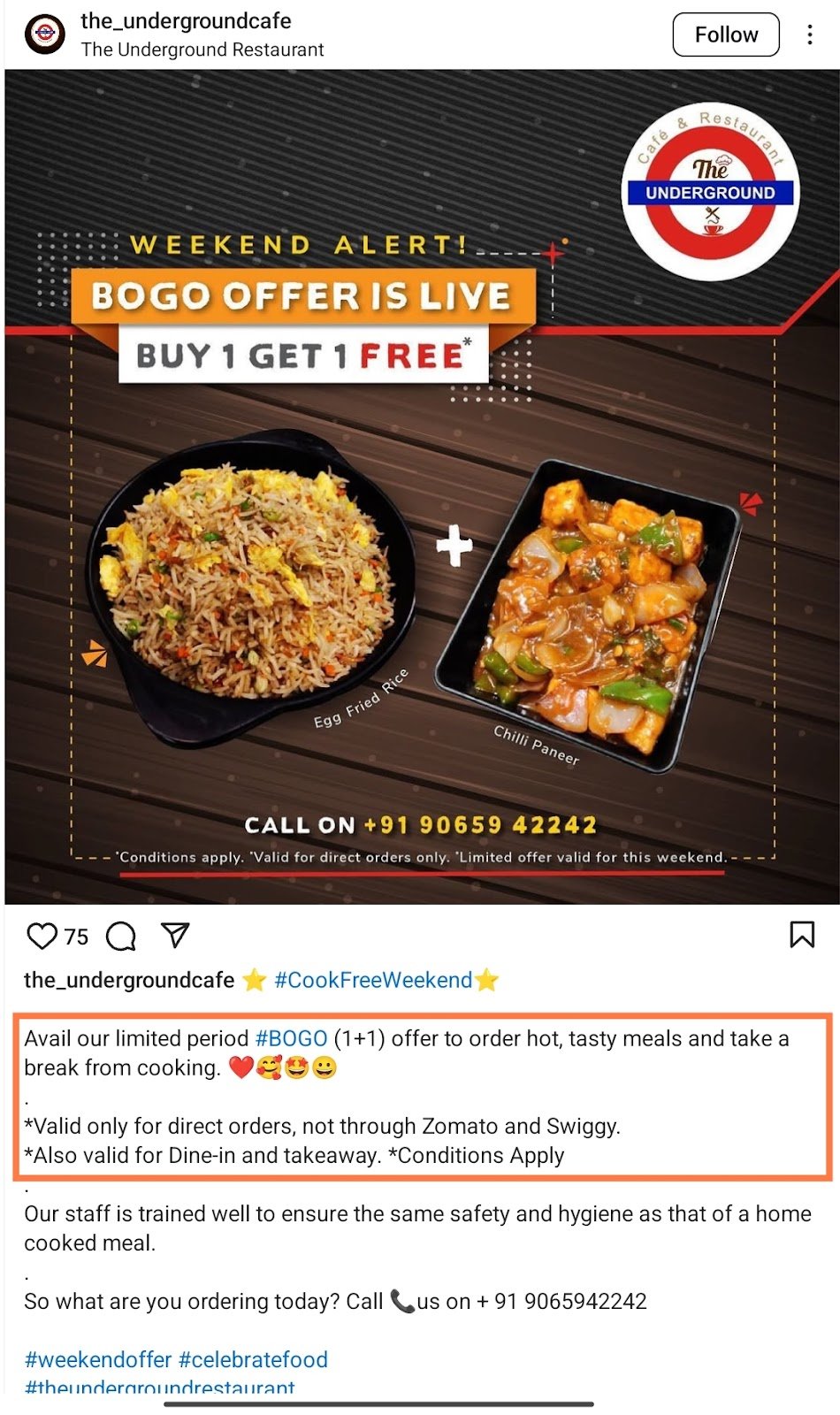
Let us take an example to understand performance marketing
1. Swiggy’s #voiceofhunger
Swiggy’s #voiceofhunger marketing strategy is a great example of performance marketing. The campaign encouraged users to share their hunger in the form of a voice. Swiggy gifted every creative consumer a discount on their order. This created a huge buzz on Instagram in 2019 and was later withdrawn by the company.
We have the YouTube video for Swiggy’s Voice of Hunger Instagram post.

Swiggy collaborated with Dentsu Webchutney, and here is the performance of the campaign
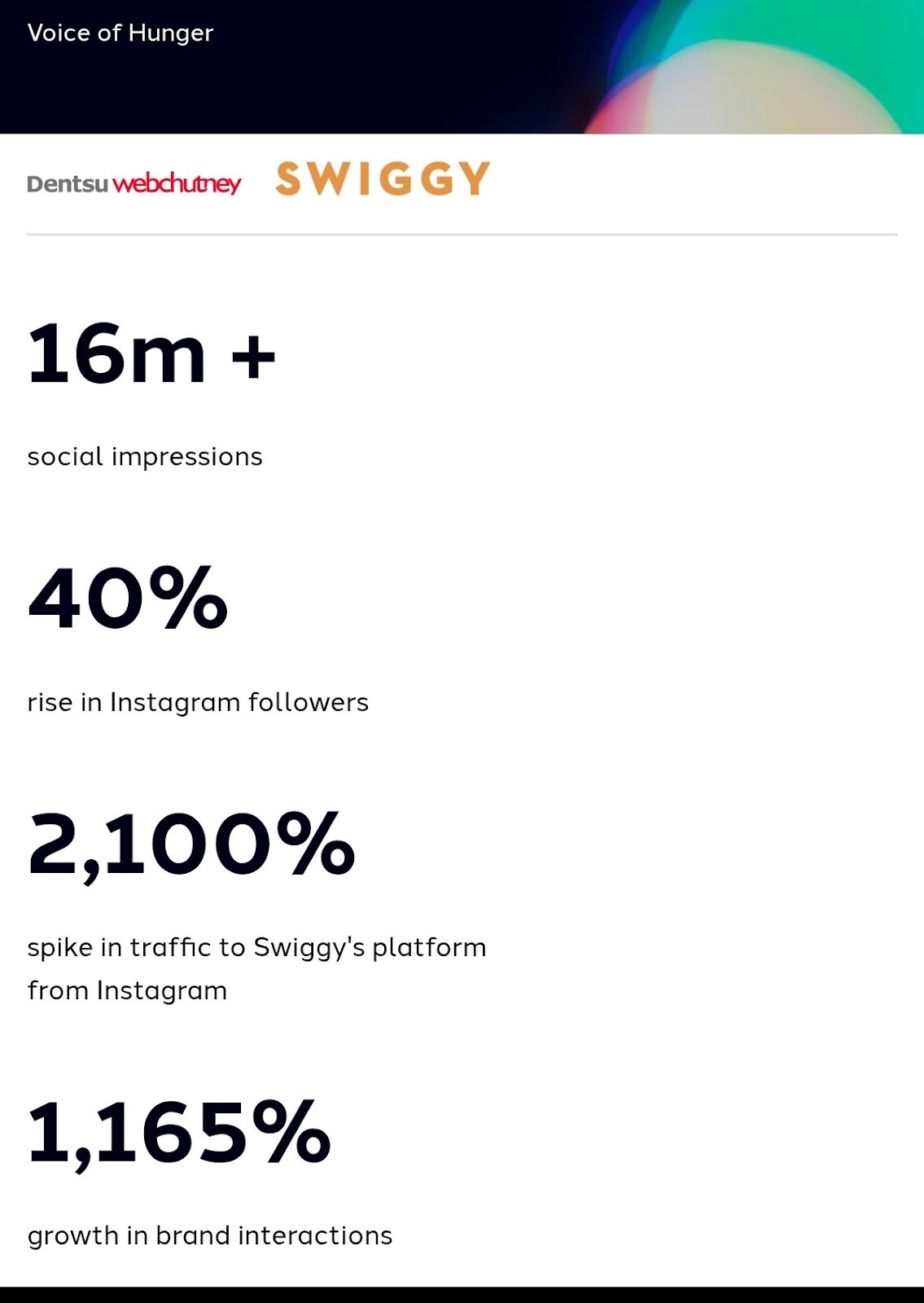
👉 Performance marketing related articles:
METRICS
Key metrics of brand marketing
1. Brand awareness
Whenever I say Gucci, you know I am talking about a luxury fashion brand. When people recognize your brand globally, your investment in marketing is worth it. Consumers trust these brands and tend to purchase more. So, increased brand awareness is a key metric for effective brand marketing.
Let me share with you the keyword search volume for “Gucci” that shows brand awareness
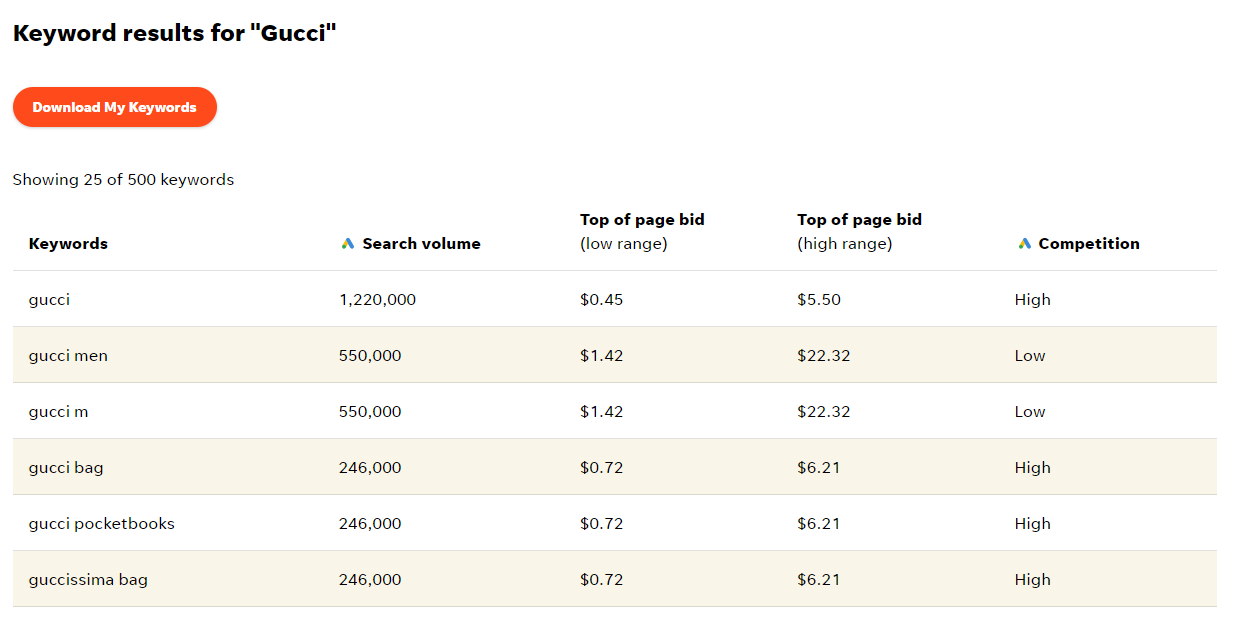
2. Brand Recall
Yesterday in a brand survey, I was asked about which brand I prefer for my next smartphone. I chose Apple and Samsung as I recall these brands as the top ones for smartphones.
Brand recall metrics check how many people remember your brand, prompted or unprompted.
Brand recall percentage = the number of respondents who correctly recalled your brand / total number of respondents × 100%
You can use a brand awareness survey to identify this percentage.
You can try similar kinds of surveys to understand brand recalls
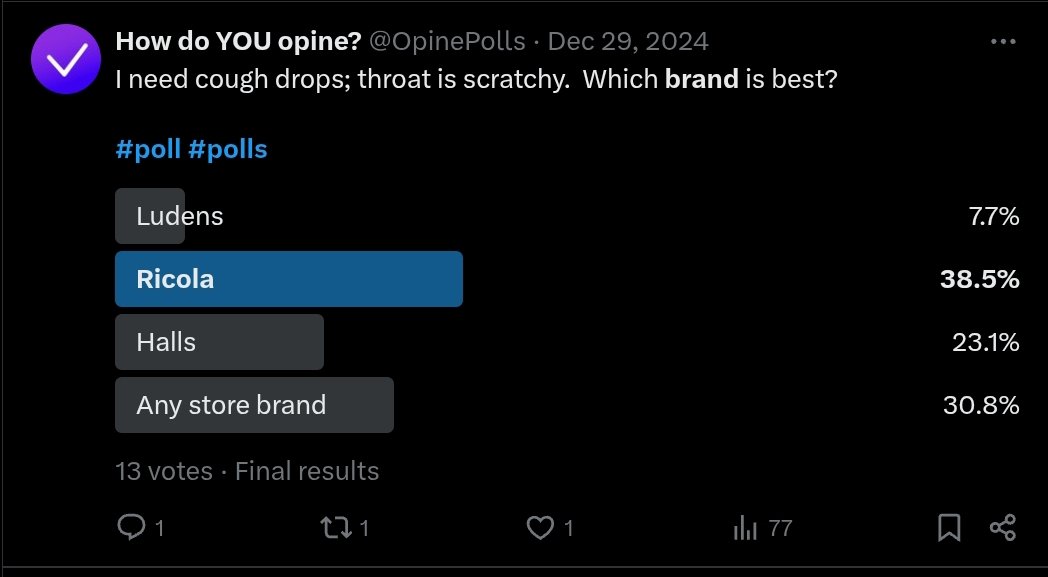
3. Share of Voice
Share of Voice (SOV) metric measures your brand’s visibility and presence in the market in comparison to your competitors. Marketers use this metric to see how much you are talked about on different online platforms.
Here is a Facebook post on the best-selling smartphone brands.
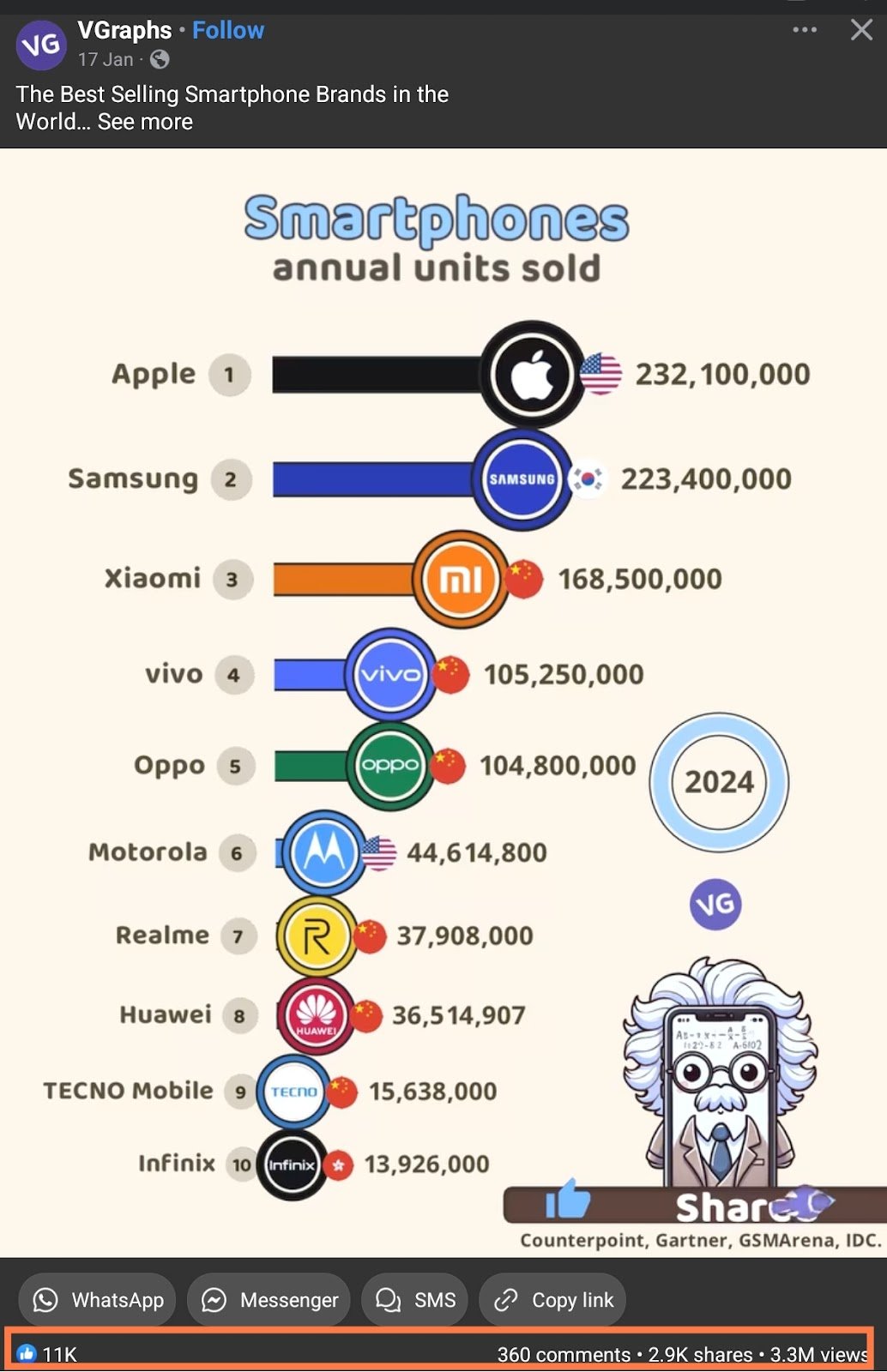
If you look into its comment section, you can find people talking about different brands.
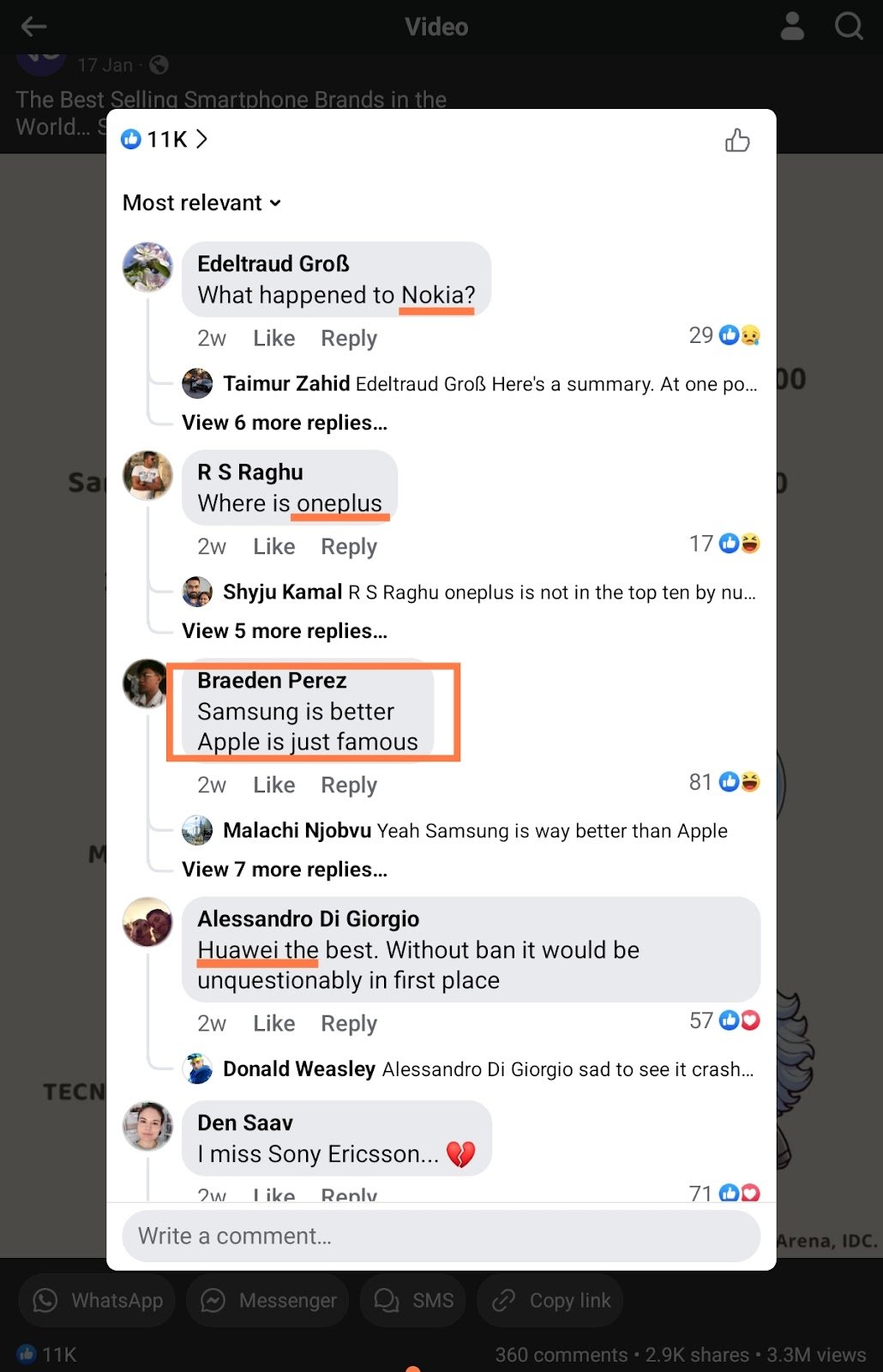
Brands can track these comments using tools like Sproutsocial to understand their percentage of conversations and mentions on social platforms.
4. Engagement Rate
Engagement rate metrics track all the likes, shares, and comments on branded content. It measures how actively an audience is interacting with your brand content.
Let me share with you an Instagram post from mamaearth with thousands of likes, and multiple shares and comments. This shows the engagement rate of MamaEarth with their followers.
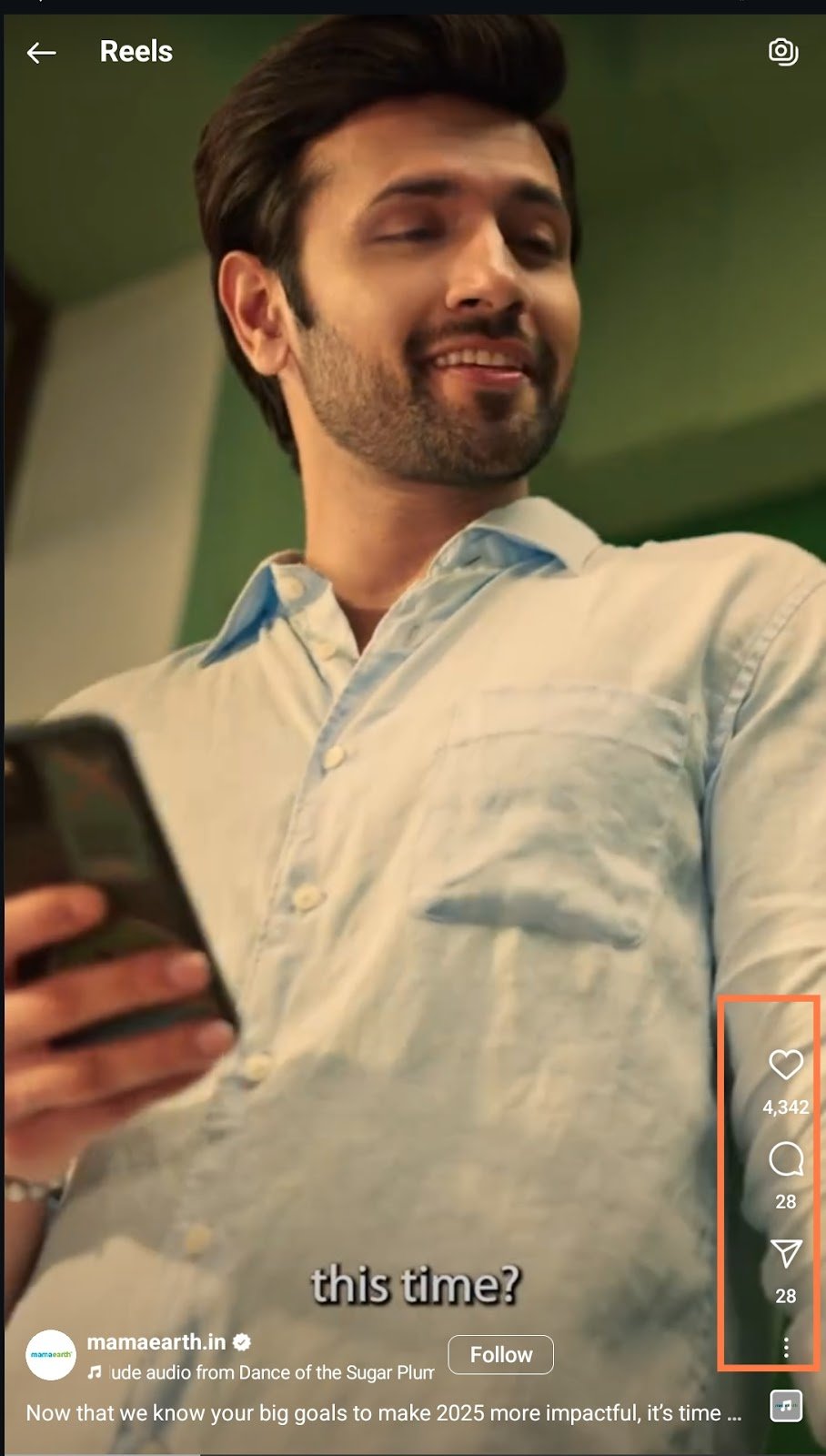
5. Brand Sentiment
This metric focuses on analyzing how people feel about your brand. Their attitude can be classified as positive, negative, or neutral. You can assess them by analyzing online conversations and reviews about the brand on social media and other platforms.
For example, Boult has made a post on their achievement of earning the Bootstrap Champ title at ET Startup Awards 2024.

But, when you go to its comment section, you will find maximum negative reviews about its products and customer service.
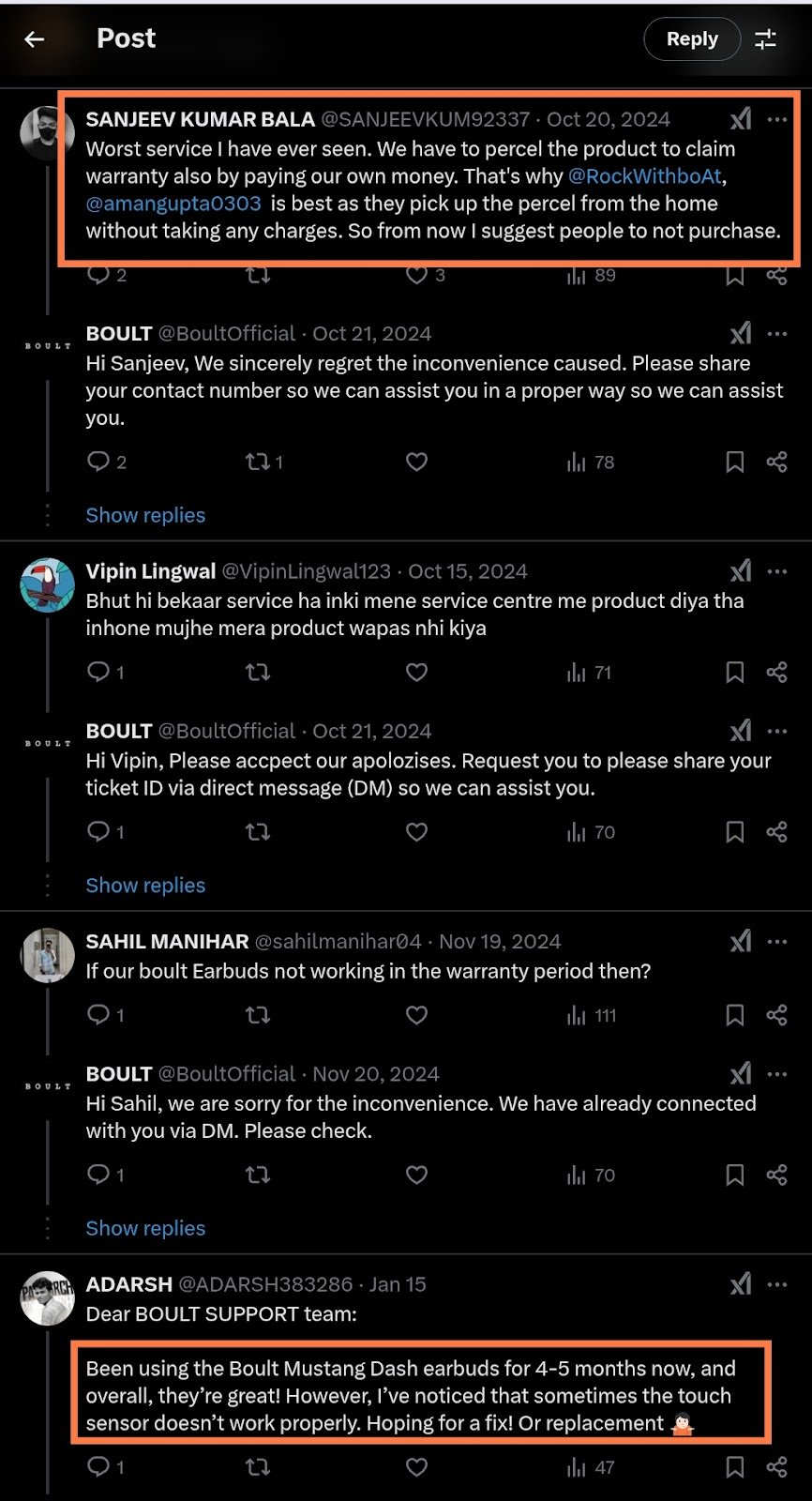
6. Top-of-Mind Awareness
TOMA tracks whether your brand comes first to consumers’ minds when asked about a particular product category or industry.
For example, I asked, “What make-up brand is best overall?” on Quora, and a beauty expert suggested using “MyGlamm.”
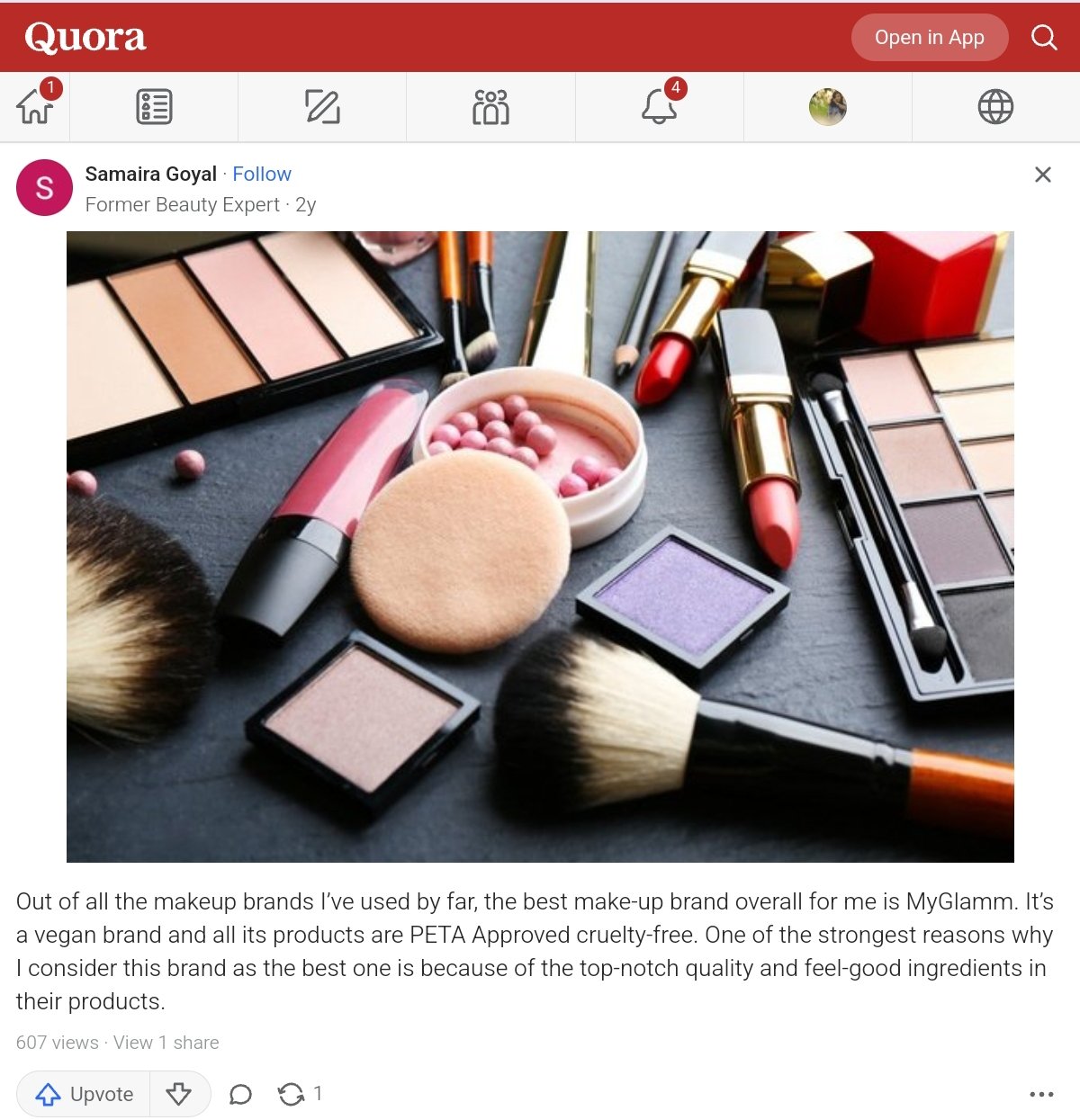
It is not the best way to measure the Top-of-Mind Awareness for your brand. You can conduct market surveys to understand if people consider purchasing from your brand among its competitors.
7. Customer Loyalty
It shows how many customers stick with your brand. For example, the number of repeat purchases and your customer retention rates prove customer loyalty towards your brand. It helps you understand how likely customers are to continue purchasing your products and services.
Brands organize loyalty programs for customer retention. For example, I joined Starbucks today, and the brand awarded me a welcome coupon. They also promised to gift me a free beverage on my birthday if I spent ₹600 annually. Isn’t this a mouthwatering deal? Why won’t I be a loyal customer of Starbucks?
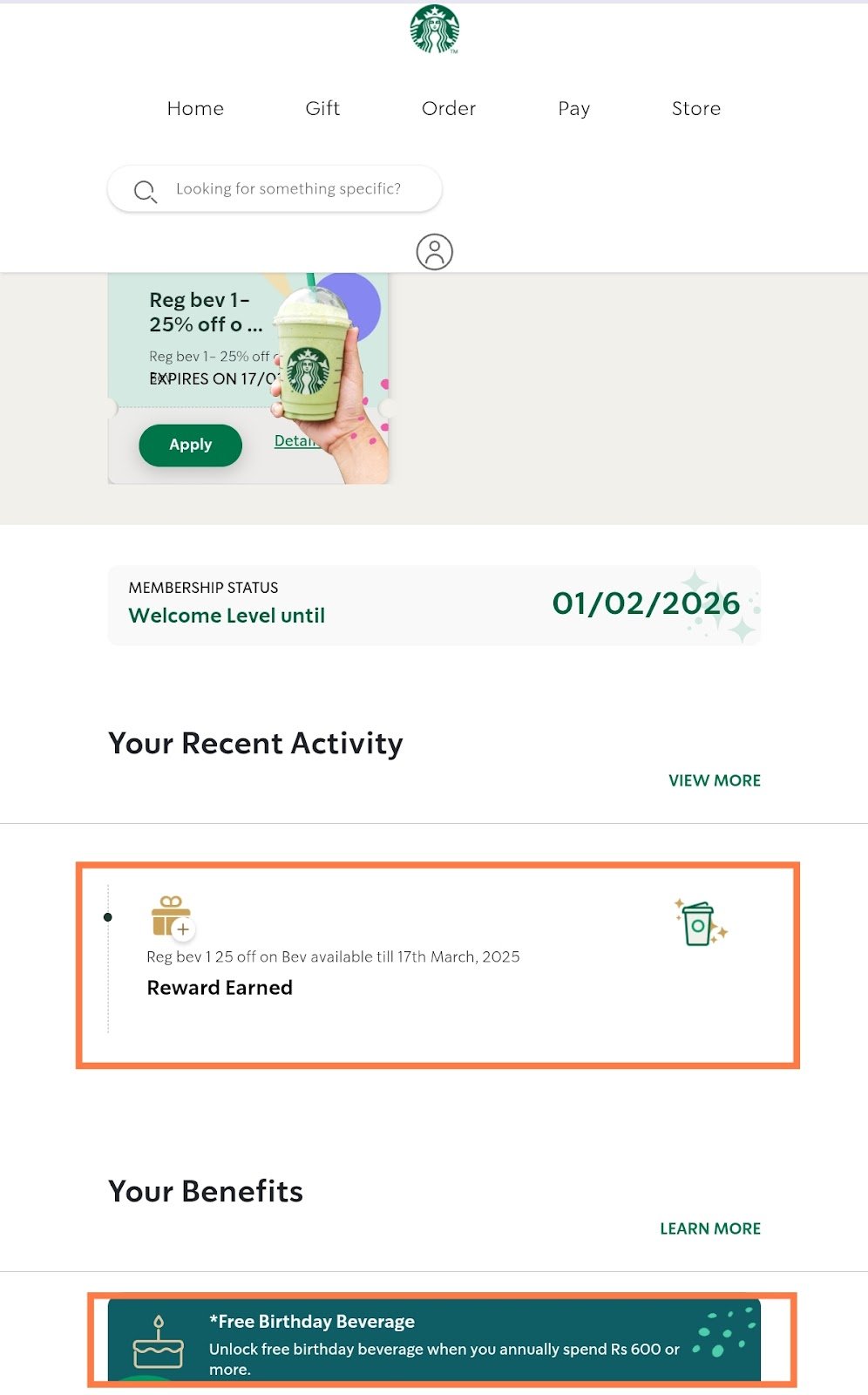
8. Net Promoter Score
NPS tracks how likely your customers are to recommend your brand to someone else, like friends and colleagues. This metric is the easiest one for brands to capture, and it states about your brand health the best.
Net Promoter Score is a single-question survey where a brand asks its customers about how likely they are to recommend the brand to others with a scale.
For example, I purchased a few products on MyGlamm. Once the order was successfully delivered, the team sent me this single-question survey on my email to understand how likely I am to recommend MyGlamm to a friend or family.
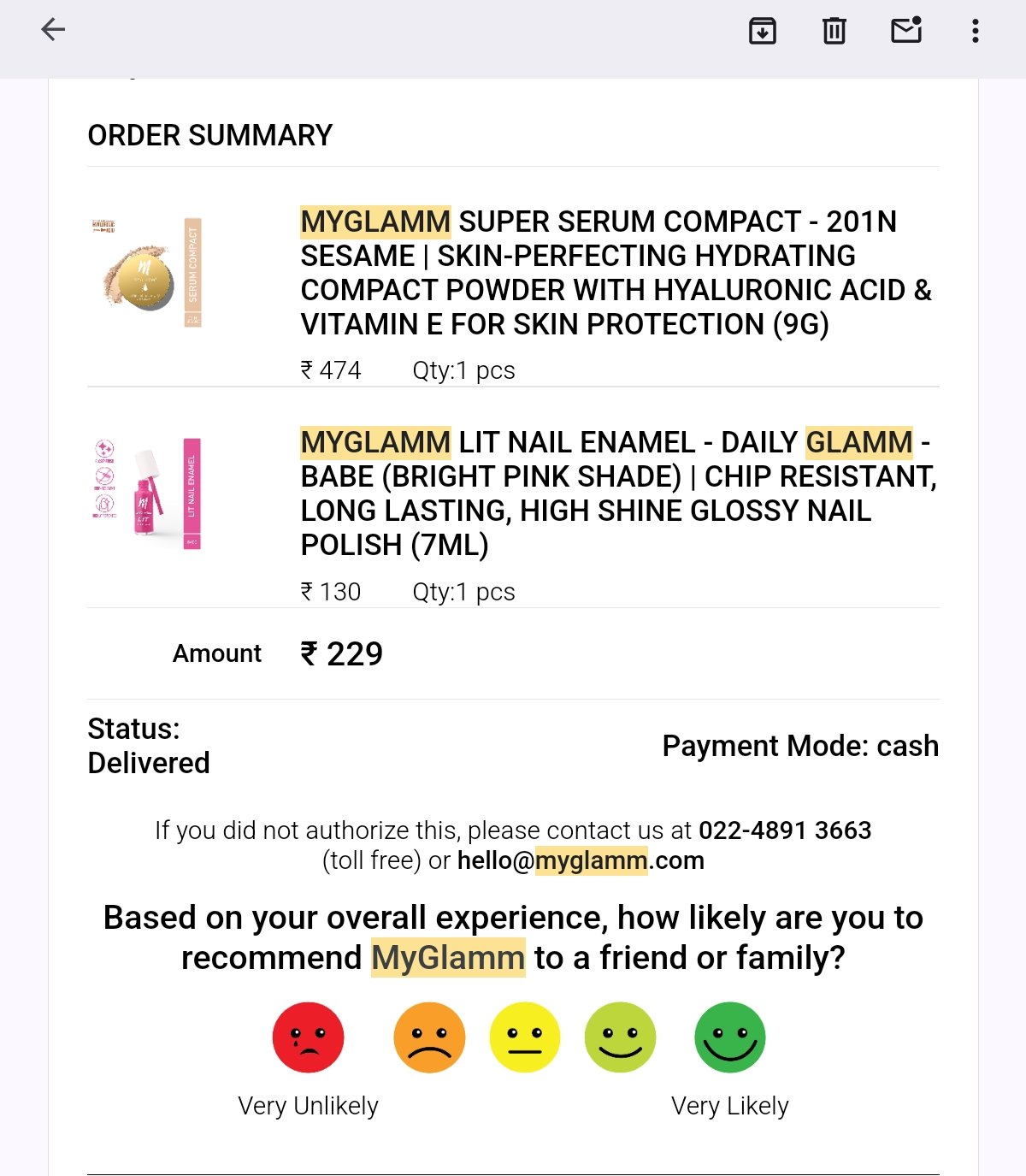
Key metrics of performance marketing
1. Click-Through Rate (CTR)
It measures how many people click on your ad to visit your website. If you are using Display ads, Google Search ads, email marketing, and social media advertisement, you can identify the number of clicks each campaign generates.
For example, you are hiring a digital marketer to create and post Facebook ads. Now, only 5% of users are clicking on the ad after seeing it.
2. Conversion Rate
This metric tracks how many people take action after watching your ads, like signing up on the website or buying a product.
For example, your website gets 100 visitors per day, and out of them, only 10 visitors buy your product. This is the conversion rate. The higher the conversion rate, the better your performance marketing strategy.
Let me share a marketing tool home page with you. Whenever you click on “Get a demo,” HubSpot counts you as one conversion.

3. Cost Per Acquisition (CPA)
It shows the cost your company pays (on average) for converting a user into a paying customer during a fixed period.
Customer acquisition cost = Sales and marketing cost / Number of customers acquired
For example, you are spending $20,000 on ads and get 1000 sales. So, your customer acquisition cost is $20.
4. Return on Ad Spend (ROAS)
This metric is used to assess the effectiveness of your advertising efforts and how they impact your company’s bottom line. Return on Ad Spend is also said as ROI for ad spending. You will calculate how much revenue comes from every dollar spent on ads.
ROAS = Revenue / Advertising Spend
TIMEFRAME
How long does brand marketing take to deliver results?
Brand marketing takes from 6-24 months to start showing you the long-term sustainable results. This is a slow and steady strategic marketing activity focusing on building trust, recognition, and long-term customer loyalty.
You can use strategies like content marketing, social media presence, and brand storytelling for branding, and this takes time to influence people. You may not see immediate sales, but over time, a strong brand brings consistent growth and customer retention.
How long does performance marketing take to deliver results?
Performance marketing delivers results quickly, often within days or weeks. It focuses on direct actions like clicks, sign-ups, and sales.
You can use marketing strategies like paid ads, PPC campaigns, and affiliate marketing for better brand performance. The moment you start spending on creating attractive ads, you can track conversions and measure success. However, once you stop spending, the results might also stop.
For Google Ads, you need 2-4 weeks time for initial setup, learning about the audience, and refining your targeting strategy. After this, you can start getting results.
Similarly, for Facebook and Instagram ads this learning phase takes about 1-2 weeks before starting to show results.
CHANNELS
What are the best platforms and channels for brand marketing?
1. Traditional advertising
You can use traditional advertising methods like TV, radio, newspapers, and magazines to create recognition.
For example, I am sharing an advertisement from “Adamas University” in my newspaper. This is a traditional advertising method that speaks about what they offer and their achievements to build trust and credibility.
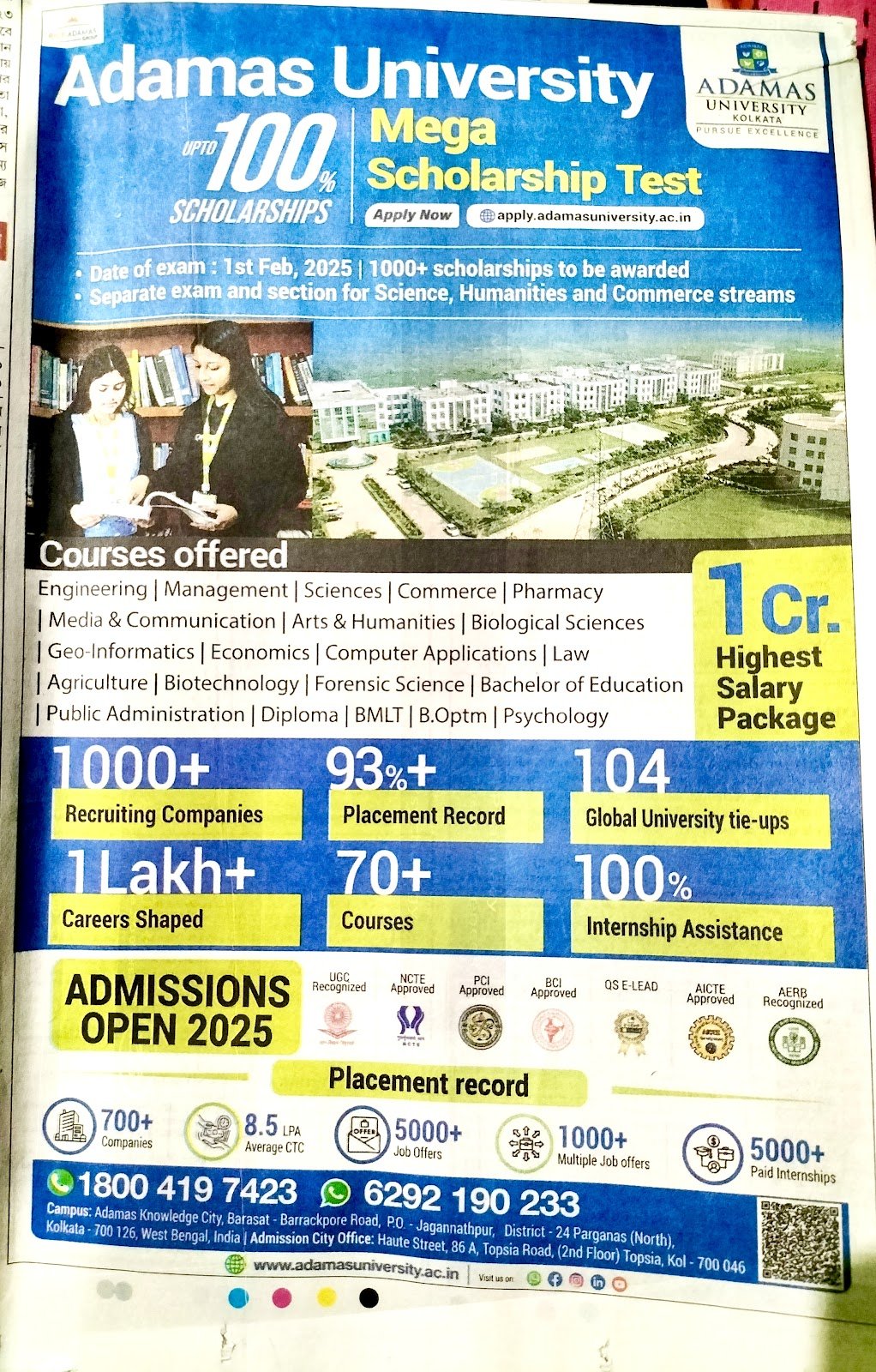
2. Social Media Organic Content
Brands can post engaging content to connect with their audiences. They can share photos, videos, and stories on social media to gain natural branding and improve consumer engagement.
For example, Dot & Key shares their photos on Facebook to showcase their brand personality and unique voice.
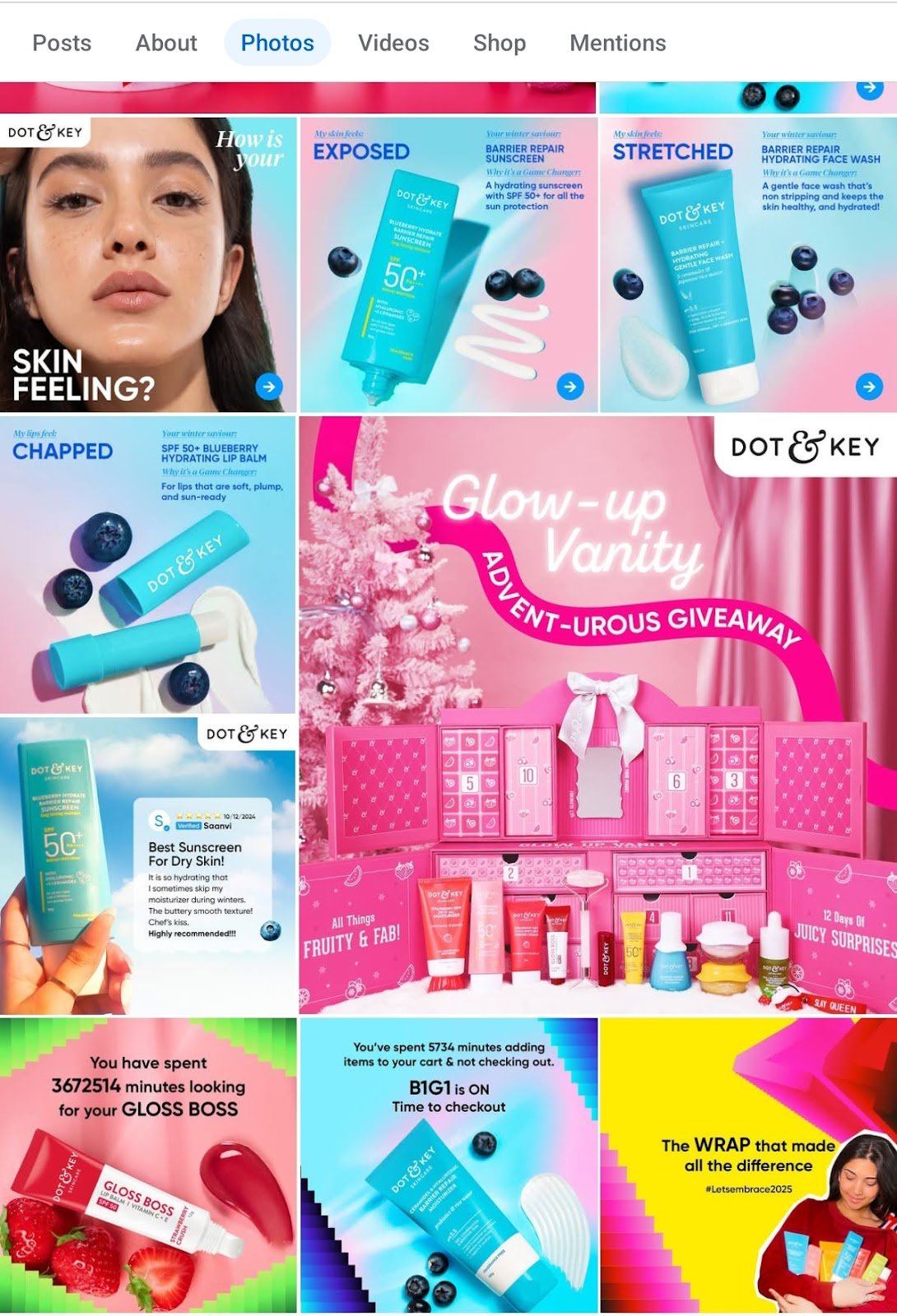
3. Sponsorships & Partnerships
Companies can sponsor different events or collaborate with influencers for branding.
For example, in a cricket match, you will see multiple brand names on the boundary wall. They are the sponsors of the match, and this strategy introduces them to the target audience for long-term results.
I am sharing a picture of the IPL 2024 cricket ground, where you can see multiple brand names like AngelOne, Rupay, My11Circle, CEAT, etc.
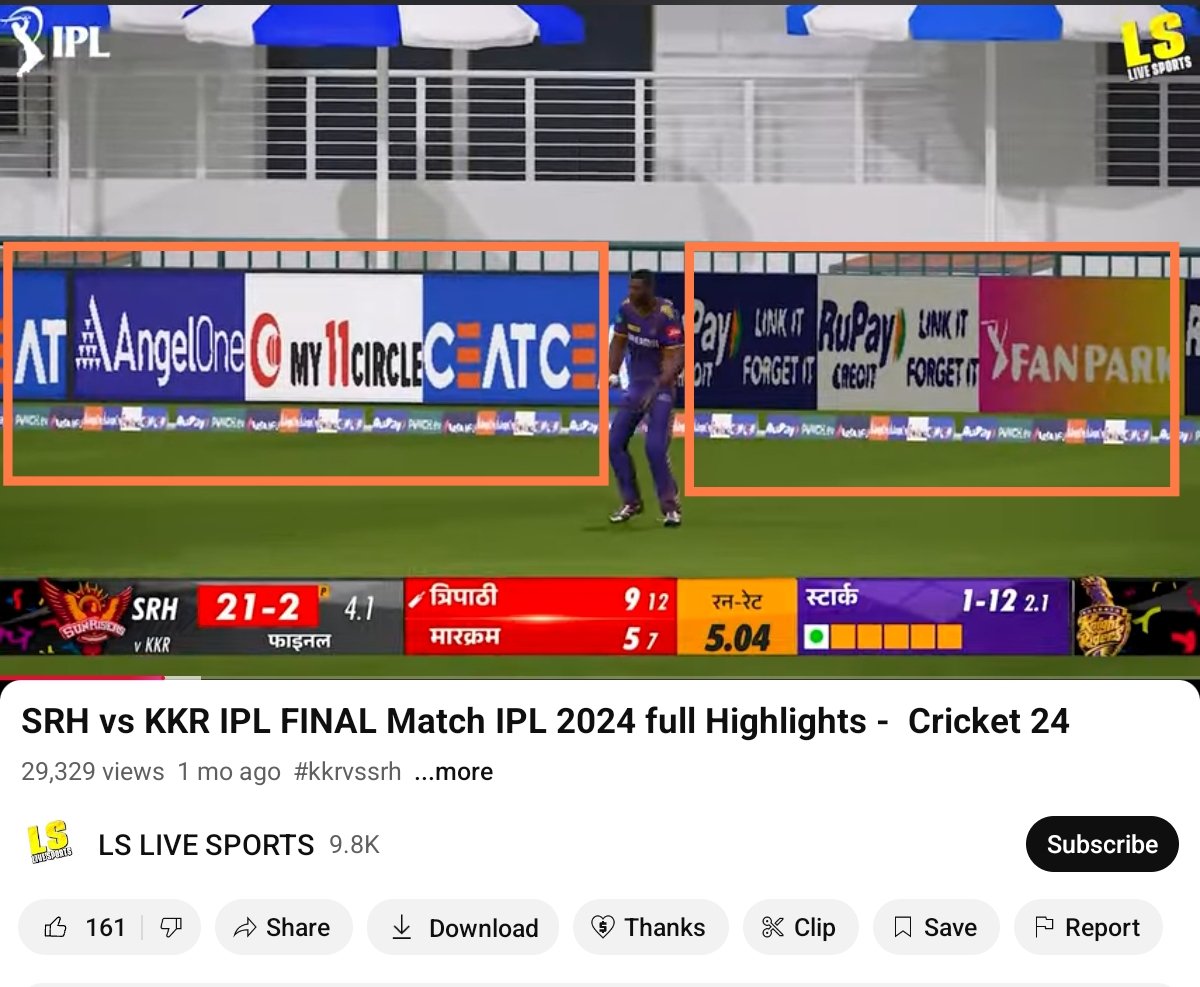
4. Public Relations (PR)
PR is a great strategy to spread brand image to target audiences through social media.
For example, Dove’s #theselfietalk PR campaign was a great move from the company for branding.
It starts with a girl editing her photograph to post online and ends up showing her natural face without makeup and filters. To create brand impact, Dove shows this process in reverse and speaks against social media’s impact on girl’s self-esteem.
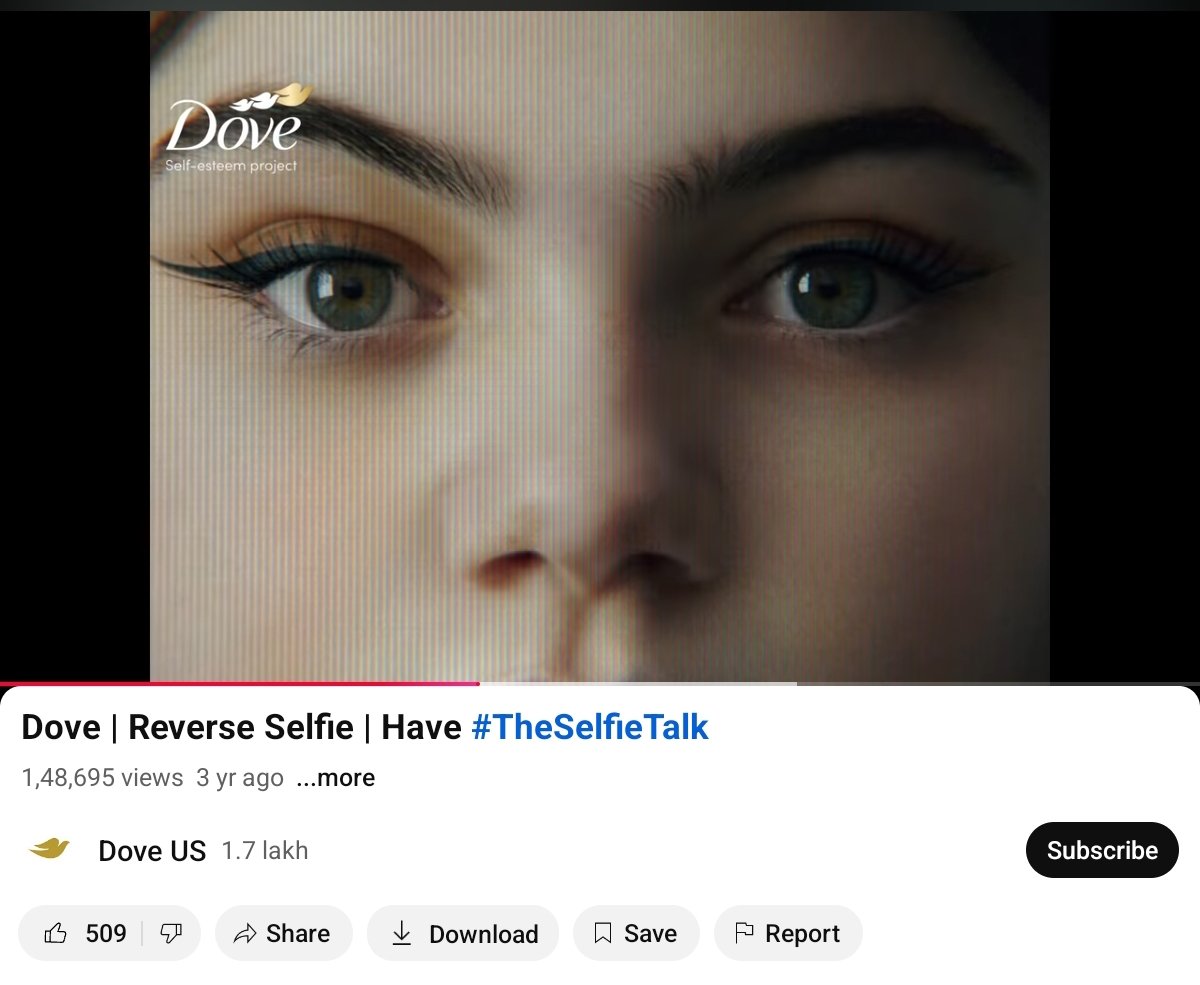
5. Content Marketing
You can use blogs, videos, and articles to share brand stories. When you are sharing educational content or anyone that the audience finds useful helps brands build trust and authority in the market. This, in the long term can help you make good business.
For example, Plum shares goodness guides with their target consumers so that we can have trust in the brand. This will help them in the future when we purchase their products. These guides prove Plum’s authority and credibility.

What are the best platforms and channels for performance marketing?
1. PPC Ads
Marketers focus on PPC ads as it allows brands to get the top spots on search engines. To run Pay-Per-Click ads, your website must be optimized for search engine marketing. For example, you will find Apple, Lenovo, and Dell ads on top of Google search results for “best laptops.”
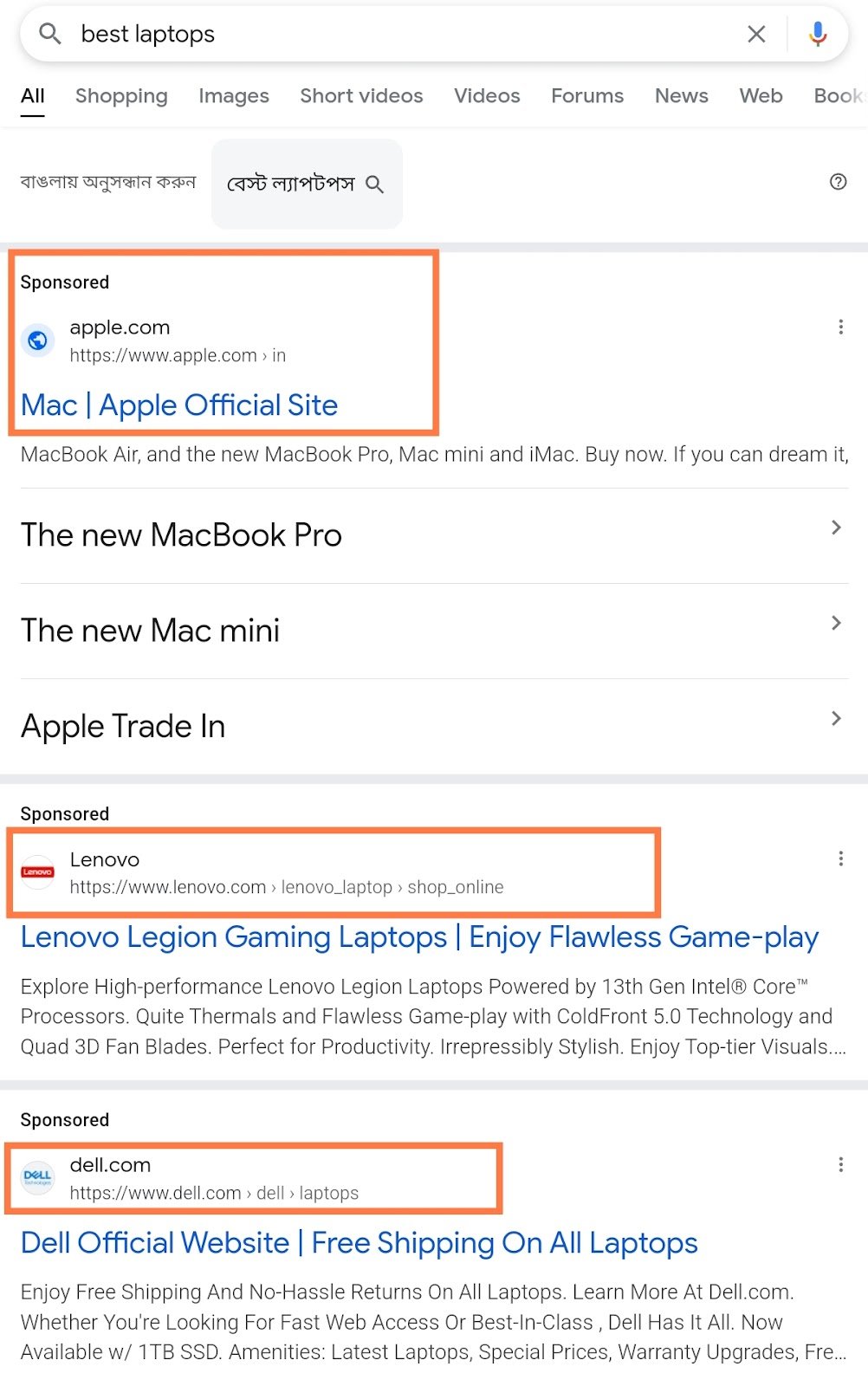
For PPC ads, you pay only when your ad gets clicked by users.
2. Social media ads
Companies run targeted ads on platforms like Facebook and Instagram.
I previously visited Insight Cosmetics to purchase makeup products but left in between. Its advertisement followed me to Facebook newsfeed and encouraged me to purchase a product with their free gift option.
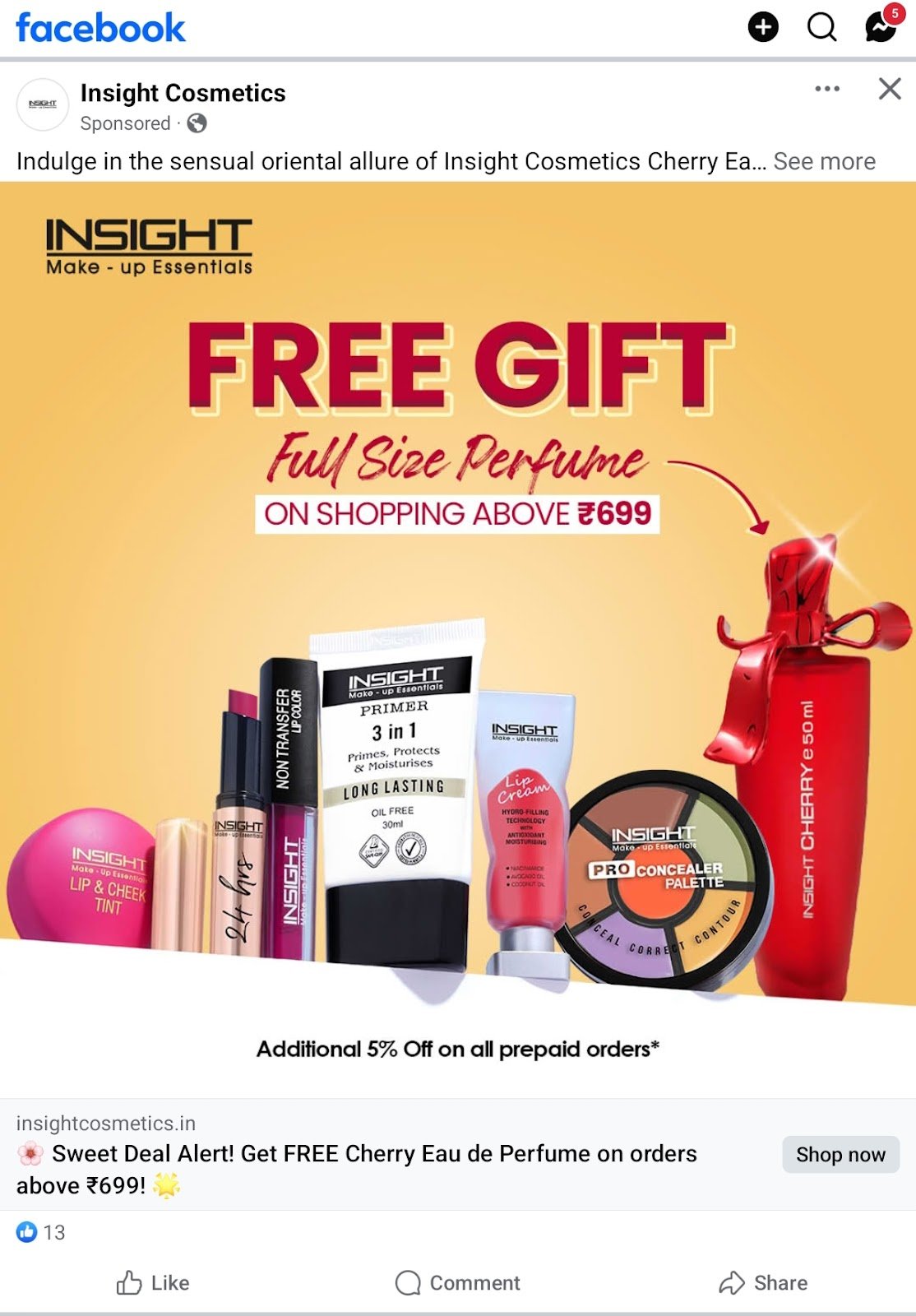
3. Affiliate marketing
You can promote your products with influencers and pay them a commission when sales happen through their affiliate link.
Here’s a YouTube video from Smitha Deepak on recreating Alia Bhatt’s Sabyasachi look. She added a list of products used and put an affiliate link with it. Whenever her audience buys a product through this link Sephora will pay her a commission.
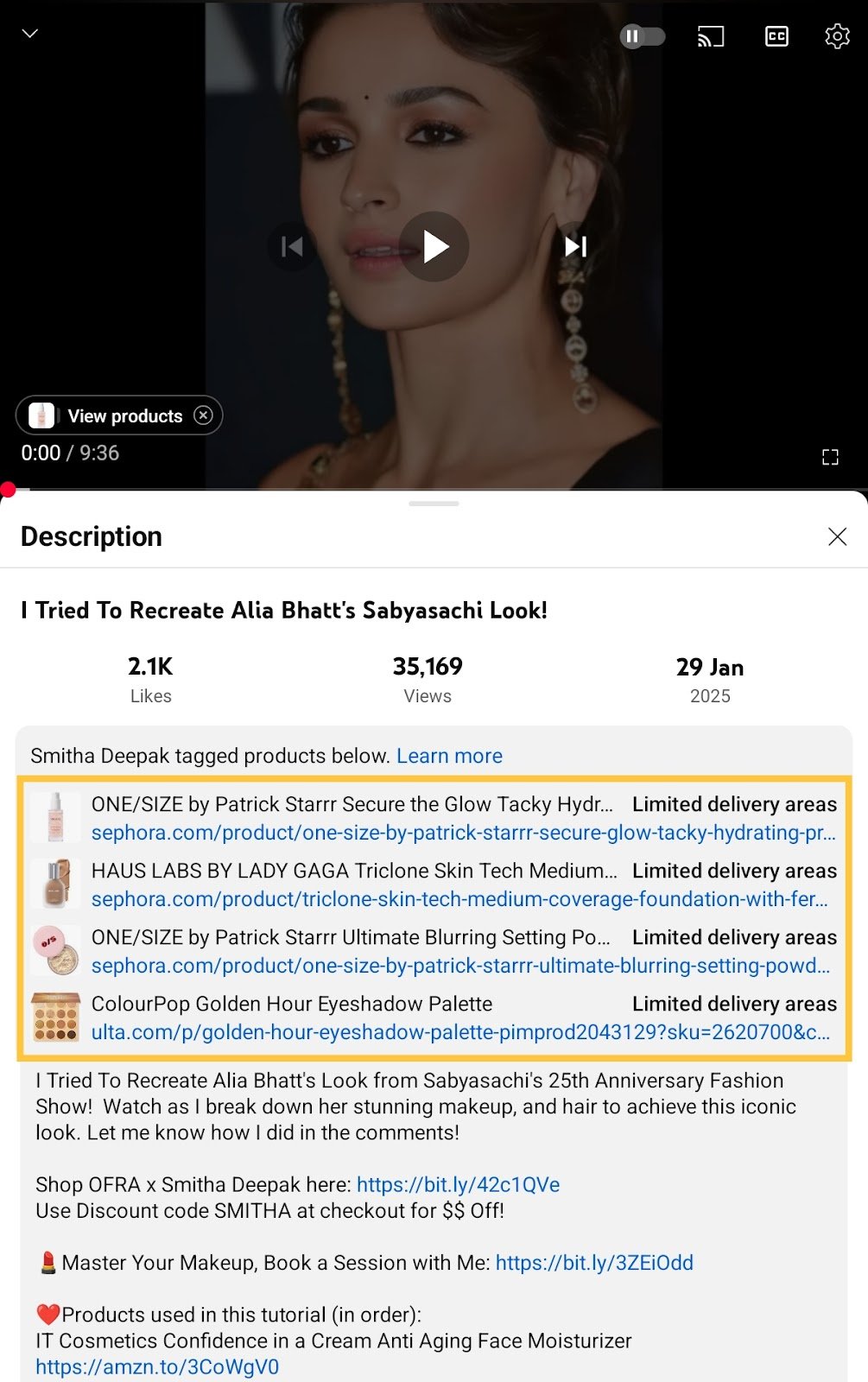
4. Email marketing
Emails have higher open rates, and therefore brands send promotional emails to customers. They can share offers and discounts via email, special gifts, wishes on birthdays and anniversaries, or remind consumers about where they last left on the website.
Here’s an email from Myntra sharing a limited-period lucrative offer on the purchase of clothing and accessories.
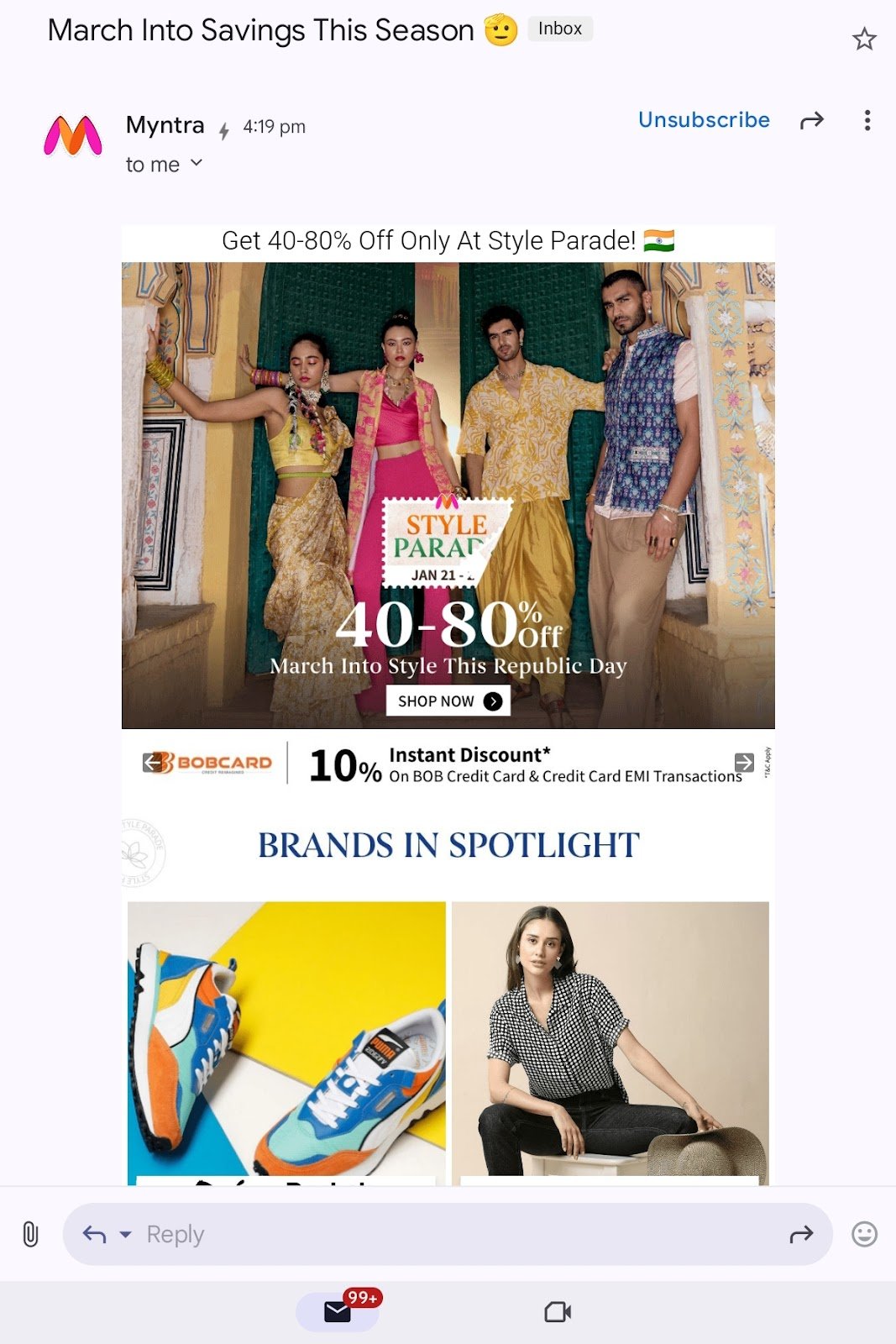
5. Retargeting ads
These ads will follow users when they visit a website but don’t take a desired action like buying a product, subscribing to your newsletter, etc. You can retarget these audiences by making your ads appear on their social media feeds, Google search results, or to their email.
For example, I recently received an email from the LongShot AI team. Through this email they made me remember about my purchase that was left midway.
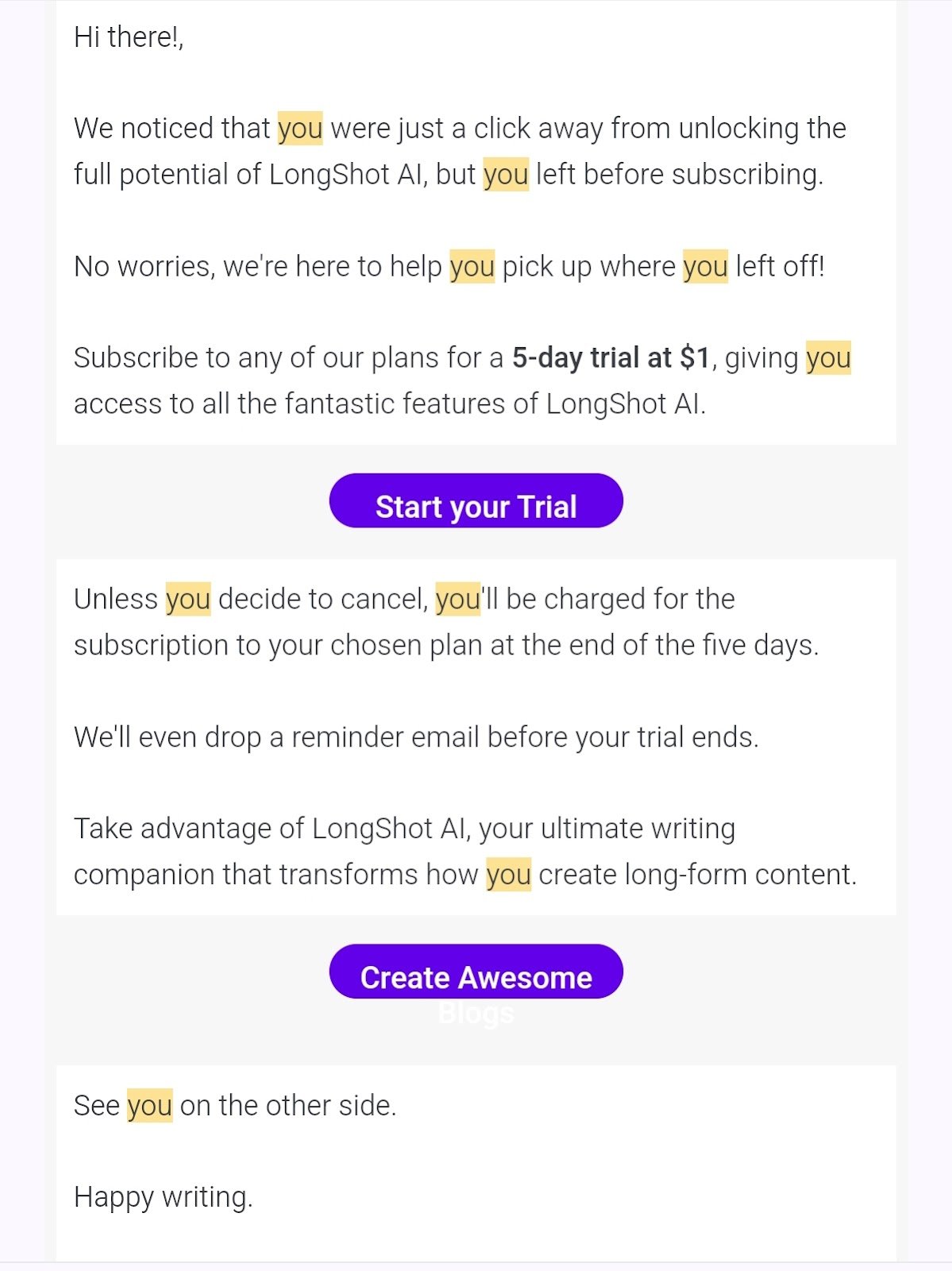
WHEN TO CHOOSE
When to choose brand marketing for your brand?
You can choose brand marketing when you want to build long-term trust and recognition with your target audiences. You can use it for launching your new brand, entering a competitive market, or willing to get strong customer loyalty.
Put simply, brand marketing helps you stand out with a clear identity, strong messaging, and emotional connections. It is suitable for companies looking for long-lasting relationships over generating quick sales.
When to choose performance marketing for your brand?
You can choose performance marketing when you need faster results and measurable returns. People use it when they want more website traffic, leads, or sales in a short time. Performance marketing works well for businesses with clear goals, like increasing conversions or testing new products.
Put simply, performance marketing is suitable for you if the focus is on immediate growth. You can track the success of your campaigns through data and analytics.
Final words
Brand marketing helps build long-term trust, while performance marketing focuses on quick and measurable results. Instead of choosing one over the other, I think it’s good to combine them. While strong brand marketing will create awareness and loyalty, performance marketing will drive immediate sales.
This will help your businesses grow sustainably, attract the right audience, and stay competitive in the long run.


